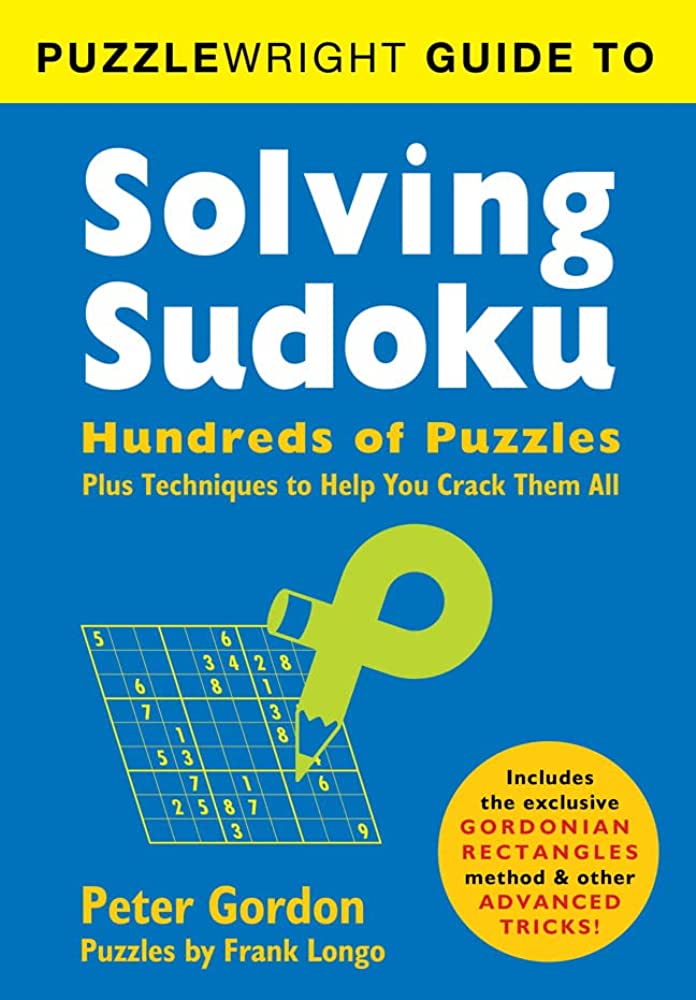Sudoku, a puzzle game played on a 9×9 grid, requires logic and problem-solving skills. It is best to start with easy puzzles before moving on to more difficult ones. Filling in cells that have only one possible number, using the “elimination” technique to eliminate numbers, and using “pencil marking” to keep track of possibilities are helpful strategies. Looking for patterns in the puzzle can also narrow down the possibilities. Taking breaks and practicing regularly can help master this challenging and rewarding game.
Solving the Puzzle: Tips and Strategies for Mastering Sudoku
Sudoku is a popular puzzle game that requires logical thinking and problem-solving skills. The game is played on a grid that consists of 9 rows and 9 columns. The grid is further divided into 9 smaller squares, each of which also contains 9 cells. The goal of the game is to fill in the grid with numbers from 1 to 9 in such a way that each row, column, and smaller square contains all of the numbers exactly once.
If you’re new to Sudoku, the game can seem overwhelming at first. But with a little practice and the right strategies, you can become a master Sudoku solver. Here are some tips and strategies to help you solve Sudoku puzzles:
Start with Easy Puzzles
If you’re new to Sudoku, it’s best to start with easy puzzles. These puzzles have fewer clues and are easier to solve. As you gain more experience, you can move on to more difficult puzzles.
Fill in the Obvious Numbers First
When you first start a Sudoku puzzle, look for cells that have only one possible number. These cells are usually located in rows or columns where other cells have already been filled in. By filling in these cells first, you’ll be able to eliminate possibilities and make it easier to solve the rest of the puzzle.
Use the “Elimination” Technique
The “elimination” technique is a common strategy for solving Sudoku puzzles. This technique involves looking at the rows, columns, and smaller squares on the grid and eliminating numbers that can’t be placed in a particular cell.
For example, if a row already contains the numbers 1, 2, 3, 4, 5, 6, and 8, you know that the missing number must be 7. By using the elimination technique, you’ll be able to fill in more cells on the grid and narrow down the possibilities for the remaining cells.
Use “Pencil Marking” to Keep Track of Possibilities
“Pencil marking” is a technique that involves writing all of the possible numbers for a particular cell in the corner of the cell. By doing this, you can keep track of the possibilities and eliminate numbers as you go.
For example, if a cell can be either a 3 or a 5, you can write both numbers in the corner of the cell. As you fill in other cells on the grid, you may be able to eliminate one of the possibilities and narrow it down to just one number.
Look for Patterns
Sudoku puzzles often contain patterns that can help you solve the puzzle. For example, if a row contains two cells that can only be a 3 or a 5, you know that those numbers can’t appear anywhere else in that row. By looking for patterns like this, you can narrow down the possibilities and eliminate numbers.
Take Breaks
Sudoku can be a challenging and frustrating game, so it’s important to take breaks when you need them. If you’re feeling stuck, take a break and come back to the puzzle later. Sometimes, taking a break can help clear your mind and give you a fresh perspective on the puzzle.
Practice, Practice, Practice
Like any skill, Sudoku takes practice to master. The more puzzles you solve, the better you’ll become at identifying patterns, narrowing down possibilities, and filling in the grid with the correct numbers. Set aside some time each day to solve Sudoku puzzles and you’ll be a master solver in no time.
Conclusion
Sudoku is a challenging and rewarding puzzle game that requires logical thinking and problem-solving skills. By starting with easy puzzles, filling in the obvious numbers first, using the “elimination” technique, “pencil marking” to keep track of possibilities, looking for patterns, taking breaks, and practicing, you can become a master Sudoku solver. So grab a pencil and start solving!
